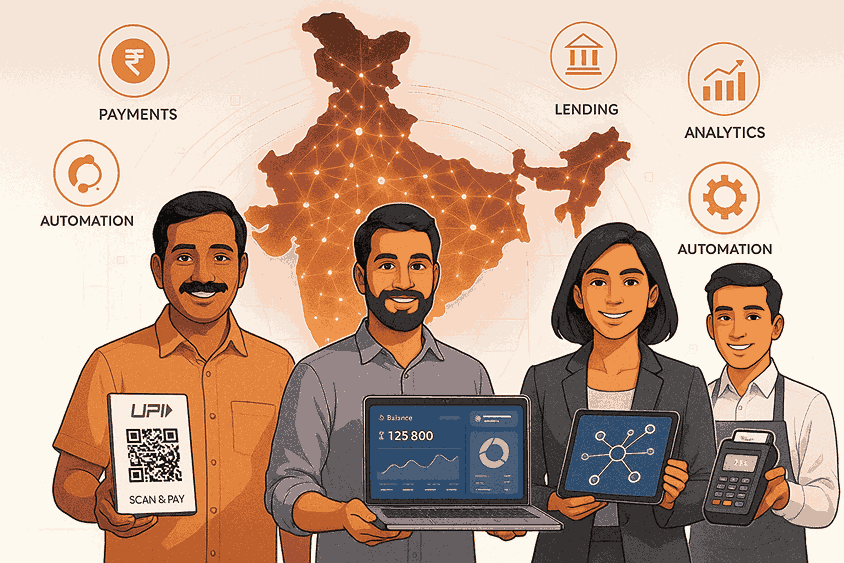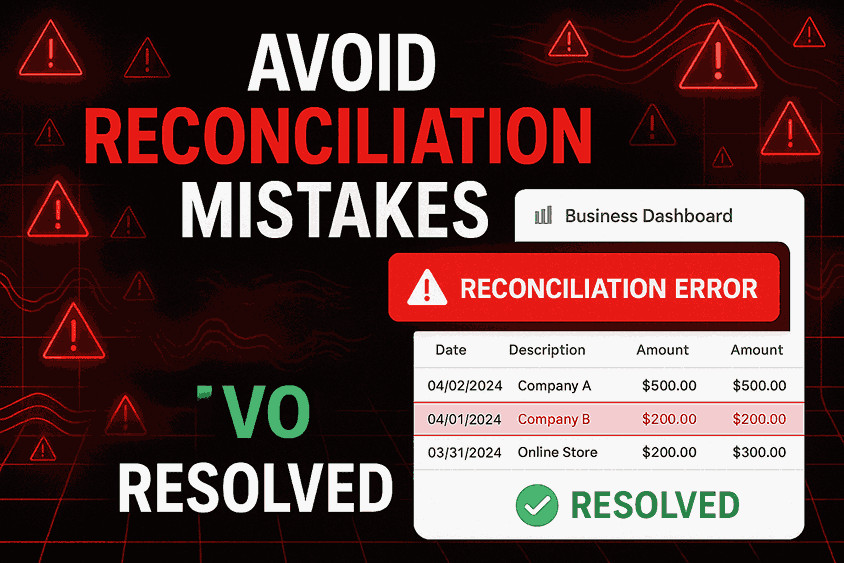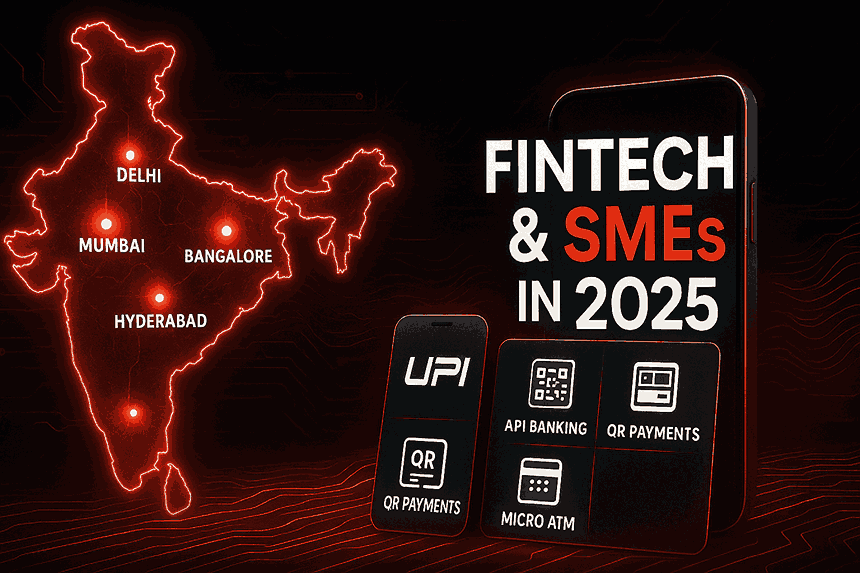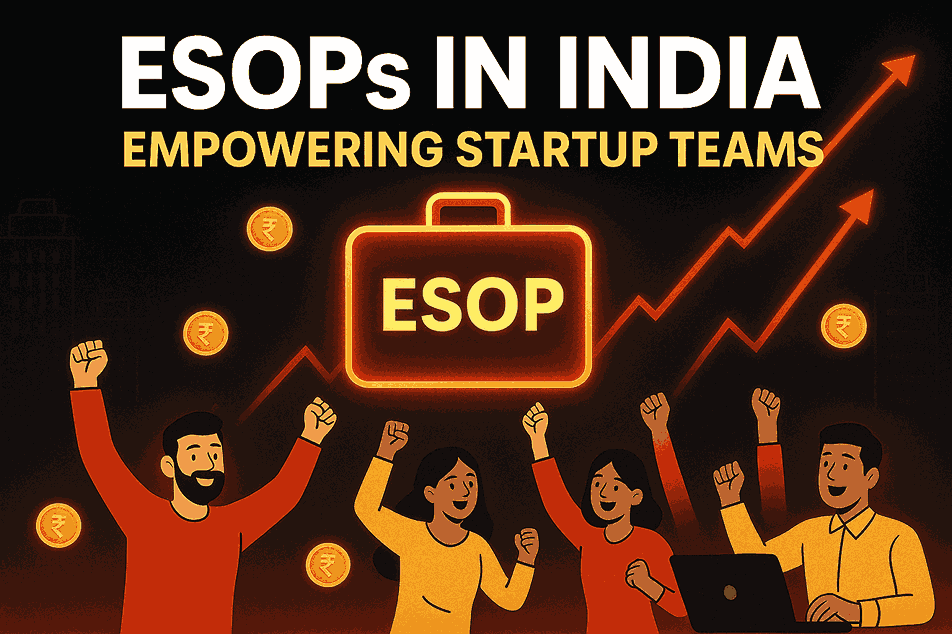The Rise of Fintech for Indian SMEs: A 2025 Landscape Overview

India’s fintech revolution has transformed how small and medium enterprises (SMEs) operate. With the rise of fintech, Indian businesses now enjoy digital payments, automated banking, intelligent reconciliation, and real-time analytics—tools once available only to large corporations. As we enter 2025, the rise of fintech continues to reshape business operations, improve financial efficiency, and fuel SME growth across sectors.
In this blog, we’ll explore how fintech is impacting Indian SMEs, the major trends to watch, and why unified digital banking platforms such as SprintNXT are becoming essential for modern businesses.
Table of Contents
Why Fintech Matters for SMEs
How Fintech Is Transforming Indian SMEs
Key Fintech Trends Shaping 2025
Benefits of Fintech Adoption for SMEs
Challenges SMEs Face in Going Digital
How Platforms Like SprintNXT Support SME Digitization
Conclusion
Frequently Asked Questions (FAQs)
Why Fintech Matters for SMEs
Small and medium enterprises are the backbone of India’s economy, contributing nearly 30% of India’s GDP and employing millions. However, they often struggle with:
Limited access to credit
Outdated financial systems
Manual processes
Cash flow instability
Delayed customer payments
Compliance and documentation issues
With the rise of fintech, SMEs now have faster, smarter, and more accessible financial tools that help them overcome long-standing operational challenges. Innovative digital solutions—from automated onboarding to smart reconciliation—are transforming how SMEs manage money, compliance, and growth.
How Fintech Is Transforming Indian SMEs
Fintech has enabled SMEs to adopt digital-first solutions across their business. The rise of fintech has led to several key improvements:
1. Digital Payments Expansion
UPI, QR codes, payment links, and online transfers have made receiving money easier and faster.
Learn more about UPI collection APIs here
2. Automated Compliance & Verification
Digital KYC, KYB, Aadhaar-based onboarding, and automated checks simplify compliance.
3. Streamlined Banking Operations
Fintech platforms help SMEs manage collections, payouts, reconciliation, and multiple bank accounts seamlessly.
Explore SprintNXT unified banking features
4. Access to Credit & Working Capital
Digital lenders offer instant approval, minimal documentation, and transparent processes.
5. Real-Time Financial Analytics
SMEs can now track revenue, cost, and cash flow instantly—unlocking smarter decisions.
These advancements—powered by the rise of fintech—are helping SMEs operate more efficiently and competitively than ever.
Key Fintech Trends Shaping 2025
Here are the top trends influencing the SME fintech ecosystem in 2025:
1. Rise of Unified Business Banking Platforms
Businesses are shifting to platforms that combine collections, payouts, analytics, reconciliation, and multi-bank visibility in one place—such as SprintNXT.
2. UPI 2.0 and UPI AutoPay
Recurring collections and merchant payments are accelerating rapidly.
3. API-First Financial Infrastructure
API banking simplifies integrations with ERP, accounting, and operational systems.
Learn more about API banking
4. Virtual Accounts for Seamless Collections
Virtual IDs and virtual bank accounts improve automated reconciliation.
5. Embedded Finance Adoption
Businesses integrate payments, credit, and banking directly into their apps.
6. AI-Driven Fraud Detection
Fintech solutions use AI for instant fraud checks, securing high-volume transactions.
The rise of fintech ensures that technology-driven financial operations become the new standard for SMEs in 2025.
Benefits of Fintech Adoption for SMEs
SMEs adopting fintech reap several benefits due to the rise of fintech:
1. Faster Collections
UPI and virtual accounts reduce delays and improve liquidity.
2. Better Cash Flow Management
Real-time visibility enables smarter financial decisions.
3. Time and Cost Savings
Automation cuts manual work and operational expenses.
4. Enhanced Compliance
Digital verification ensures accuracy and reduces documentation burden.
5. Improved Growth and Credit Access
Reliable financial data helps businesses build credibility.
Fintech tools empower SMEs to operate professionally, scale faster, and stay competitive.
Challenges SMEs Face in Going Digital
Despite the rise of fintech, SMEs still face challenges such as:
Limited digital literacy
Concerns around data security
Dependence on traditional banking
Managing multiple payment channels
Manual reconciliation and outdated systems
To address these barriers, SMEs need secure, intuitive, and unified platforms that simplify digital adoption.
How Platforms Like SprintNXT Support SME Digitization
Unified business banking platforms such as SprintNXT make digital adoption easier for SMEs by offering:
UPI-based collections
Bulk payouts to vendors, partners, and employees
Virtual accounts for automated reconciliation
Multi-bank account management
Real-time analytics and dashboards
API integrations with ERP and accounting systems
By reducing manual work and improving financial visibility, SprintNXT helps SMEs transition from traditional banking processes to fully digitized workflows—exactly what the rise of fintech is driving across India.
Conclusion
The rise of fintech is reshaping the future of India’s SME ecosystem. As businesses adopt digital payments, automated reconciliation, API-driven banking, and unified financial platforms, they experience greater efficiency, accuracy, and growth.
With platforms like SprintNXT leading this digital transformation, SMEs now have the tools they need to manage banking, payments, collections, and financial operations with ease—helping them scale confidently in 2025 and beyond.
Frequently Asked Questions (FAQs)
1. What does the rise of fintech mean in simple words?
The rise of fintech refers to the growing use of technology to deliver faster, smarter, and more efficient financial services for individuals and businesses.
2. How is the rise of fintech helping SMEs in India?
The rise of fintech helps SMEs by improving payments, automating reconciliation, offering real-time cash flow visibility, and simplifying compliance and collections.
3. Why is 2025 a major year for the rise of fintech in India?
The year 2025 marks rapid adoption of UPI, API banking, embedded finance, and unified business banking platforms—key drivers behind the rise of fintech.
4. How does SprintNXT support SMEs in the rise of fintech era?
SprintNXT gives SMEs powerful tools like UPI collections, bulk payouts, virtual accounts, and API banking, enabling them to benefit from the rise of fintech.
5. Will the rise of fintech replace traditional banking?
No. The rise of fintech will not replace traditional banking but enhance it. Banks and fintech platforms increasingly collaborate to offer better services.




















